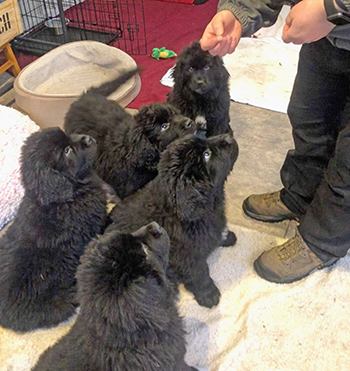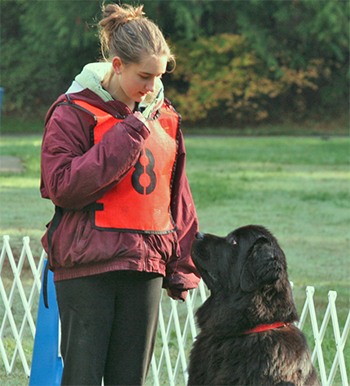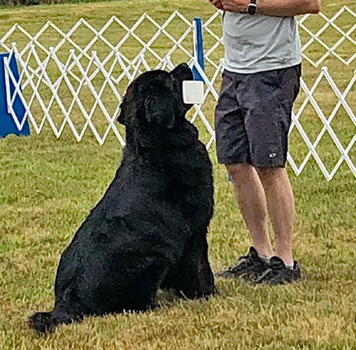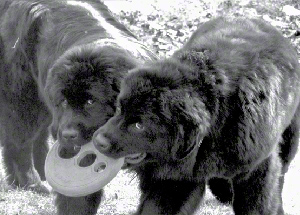
If your puppy learns to watch you and listen, teaching him anything else will be much easier
All Learning Begins With Attention
Learning how to teach your pup is an important first step in building your relationship. Dogs learn differently than humans; teaching your pup to pay attention to you, and learning to pay attention to what your pup is doing, is an important foundation for all future teaching.
Dogs are thinking about what they are looking at. If your pup is not looking at you, then you can bet he is not thinking about you or what you want him to do.
Step 1: Associate His Name With Food
At its most basic, attention teaching is teaching your pup to know his name.
Mealtime is a great time to start working on this activity.
1. Take a small handful of the puppy’s meal in your hand (put the rest of the bowl up and out of reach).
2. Say his name.
3. As soon as he makes eye contact with you, mark the correct behavior with a word ("yeah," "OK," or "good" are all appropriate marker words—the word should be short, spoken in a happy tone, and used every time) and give a small bite of food. You may need to position the food right in front of your face initially to get the eye contact you want. Make sure you reward him as soon as eye contact happens.
Step 2: Add A Behavior Word

Once your pup consistently looks to you when he hears his name, it is time to add a behavior word. In this case, you can add “watch.” As Judi Adler tells us in her book Water Work, Water Play, “Using his name first swings his mind in your direction, so he is fully alert to what follows. A dog who is seriously concentrating is more apt to do what you bid.”
Step 3: Expand to Other Times and Locations
When you have established a good routine of attention with “Puppy, Watch!” at mealtime, then expand your practice sessions to other times of the day and other locations (different rooms, outdoors, where there are distractions, etc.). Remember to always end on a positive note, so if your pup is having trouble, go back inside in a quiet spot to finish your training session on a positive note.
"Give your reinforcements on a variable schedule. Vary your reinforcers. It's always a good idea to have several different types of food treats. If one type of treat isn't reinforcing enough pull out something better. If the dog has ignored a really difficult distraction, reinforce with your best treat. Intersperse physical praise, if your dog likes petting, and verbal praise with your food treats."
— Arlene Courtney, Trainer at Western Oregon University
Step 4: Hold the Eye Contact
After you have successfully changed your time of day and setting and your pup is a pro at giving you attention when asked, then start holding eye contact a little longer each time before giving the reward. The goal of this training is to get your dog to focus on you, despite distractions. You can start out by holding the treat in front of your face for a dog that is very food motivated, and then gradually move the food away from your eyes; only reward when the dog focuses on your eyes, not on the treat. Work to lengthen the amount of time between the initial eye contact and the treat reward until your pup can go for several seconds of intense focus before being rewarded.
Attention training will pay off in all future training because your dog will be able to focus on you without being distracted by other things going on around you.


